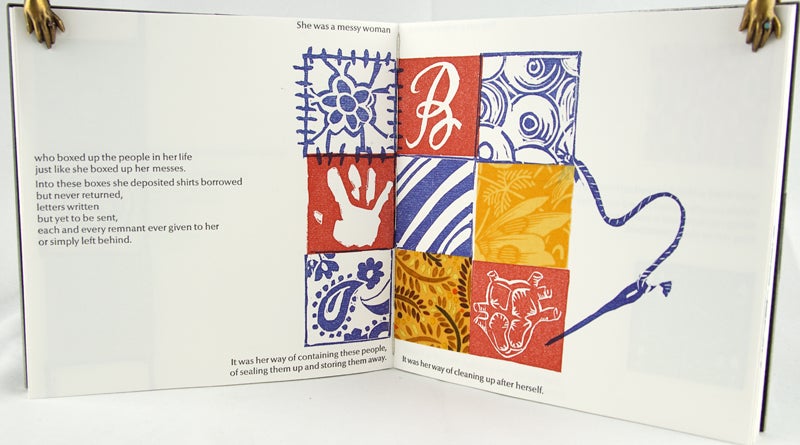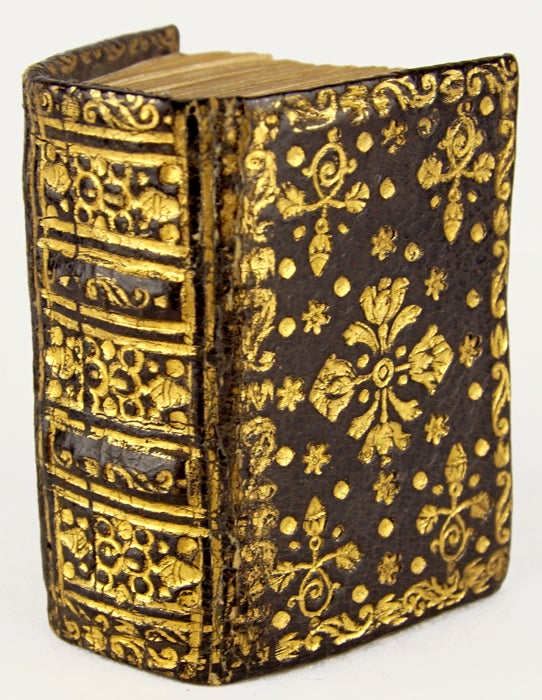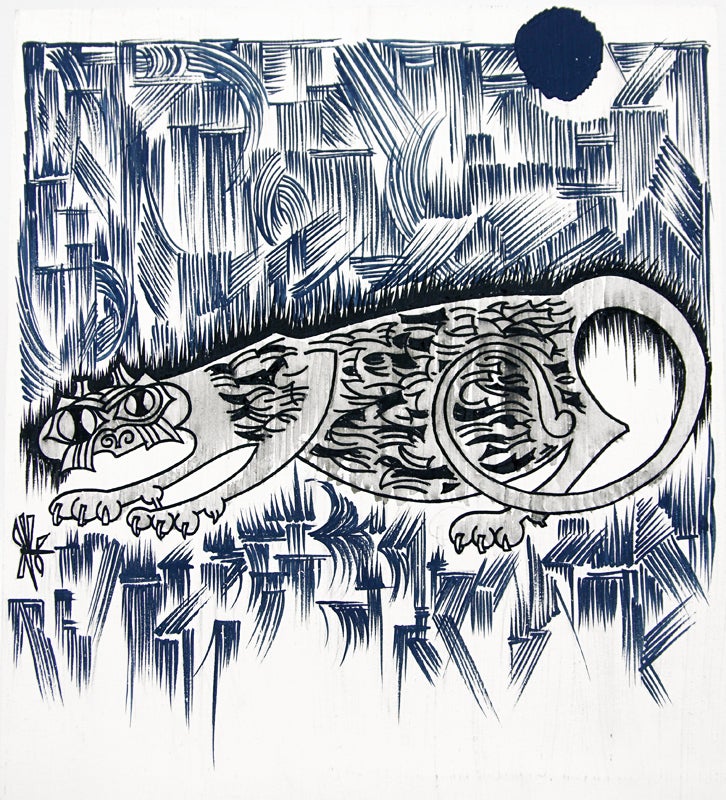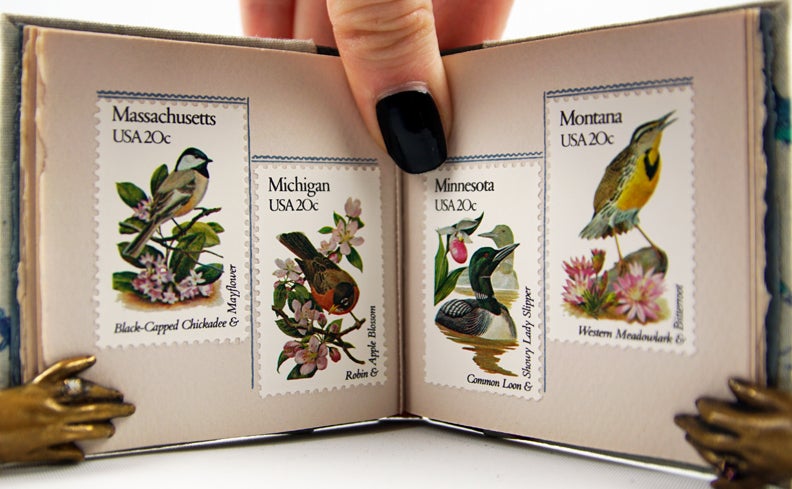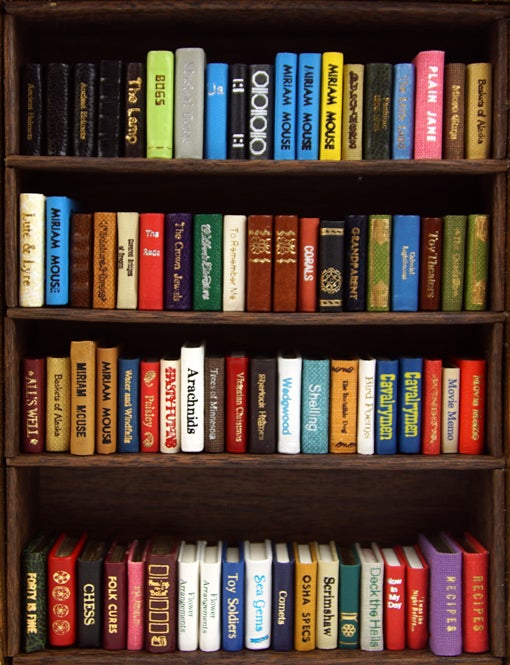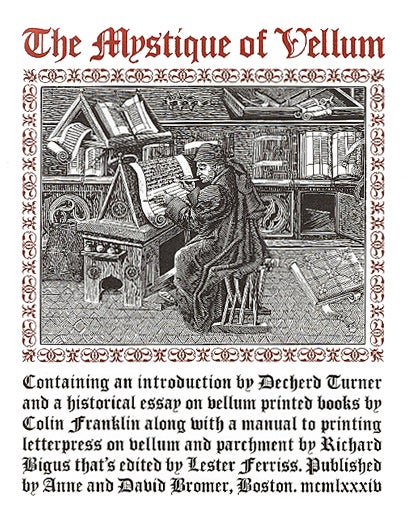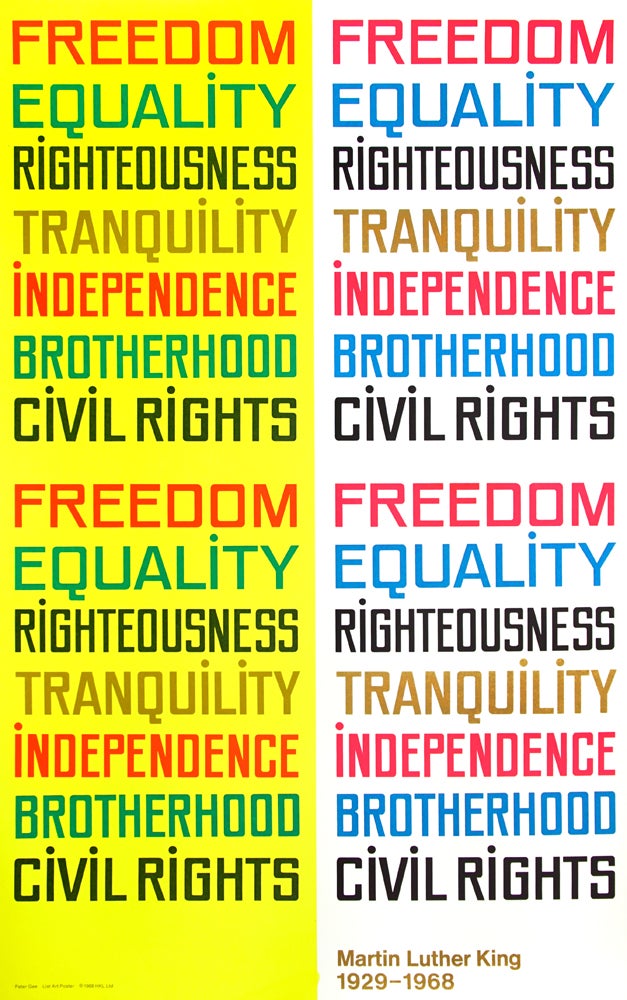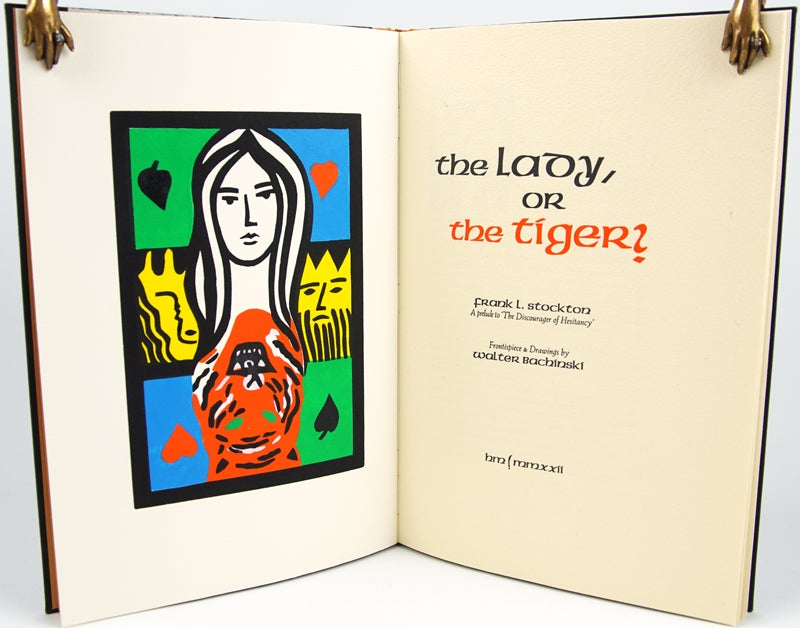E-catalogue 111: A Back-to-School Miscellany of Student Productions
Here in Boston the turn of August to September brings with it the arrival of college students, who spend most of the first week of the semester anxiously navigating the subway and hauling heavy loads of books from class to class. To celebrate this season of learning, we have assembled a list of books by students of typography, binding, drawing, and printing. They remind us that the nature of the classroom is a broad one, and that the pursuit of knowledge takes place not only at a desk but also in a workshop, at an easel, and in the library.


